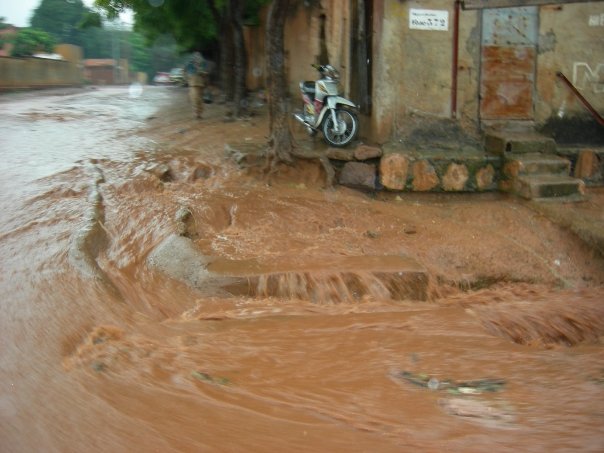Discussions Forum
Browse Data
Add Data
Poll /
questionnaire
Login
Select the questionnaire's scale at the bottom of the page:
Vulnerability is considered as the extent of harm, which can be expected under certain conditions of exposure, susceptibility and resilience. Vulnerability is a relative concept; it depends on the differential access of the people, buildings and infrastructure to the social, economic, environmental and institutional sub-systems, components.
Choose the answer which best explains your preference and check it.
Note: You can login before accessing the questionnaire, in order to save your poll/questionnaire on your account so you can access/modify it at any time (when connected)
Vulnerability is considered as the extent of harm, which can be expected under certain conditions of exposure, susceptibility and resilience. Vulnerability is a relative concept; it depends on the differential access of the people, buildings and infrastructure to the social, economic, environmental and institutional sub-systems, components.
- The socio component relates to the presence of human beings and encompasses issues related to e.g. deficiencies in mobility of human beings associated with gender, age, or disabilities.
- The economic components are related to income or issues which are inherent to economics that are predisposed to be affected.
- The environmental component continues to relate to activities such as afforestation, deforestation, urbanization and industrialization have enhanced environmental degradation, creating effects like climate variability and sea level rise, increasing the potential occurrence of floods.
- The physical component relates to the predisposition of infrastructure to be damaged by a flooding event.
- Vulnerability is geographically and socially differentiated.
- Spatial heterogeneity results in more accurate description of reality;
- Political and administrative division can facilitate or impede the availability of data, according to certain scales.
Choose the answer which best explains your preference and check it.
Note: You can login before accessing the questionnaire, in order to save your poll/questionnaire on your account so you can access/modify it at any time (when connected)

